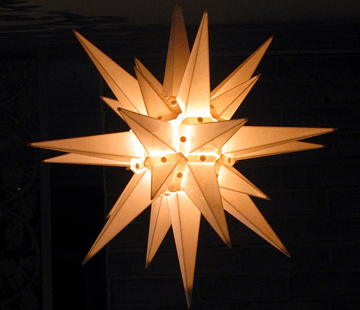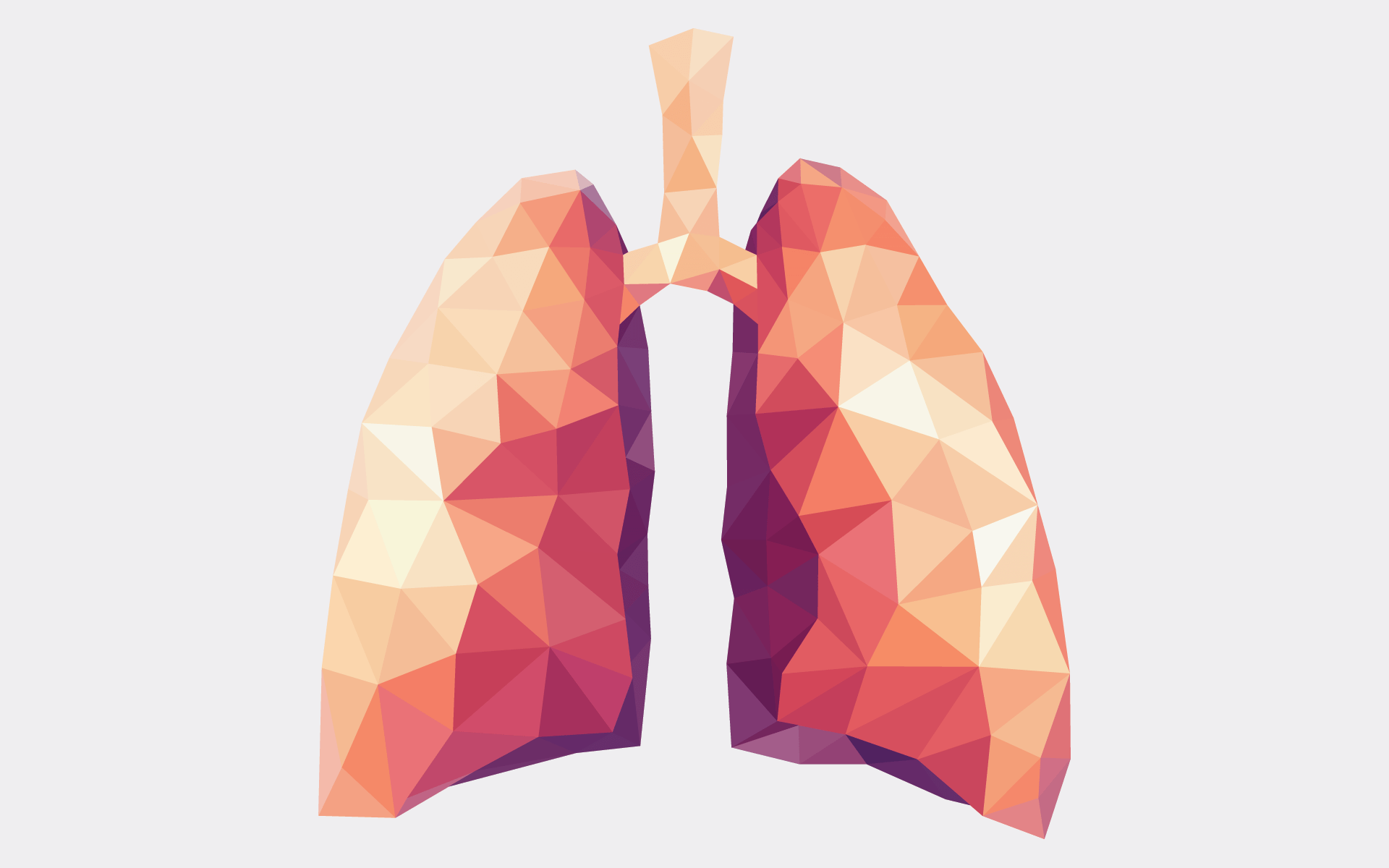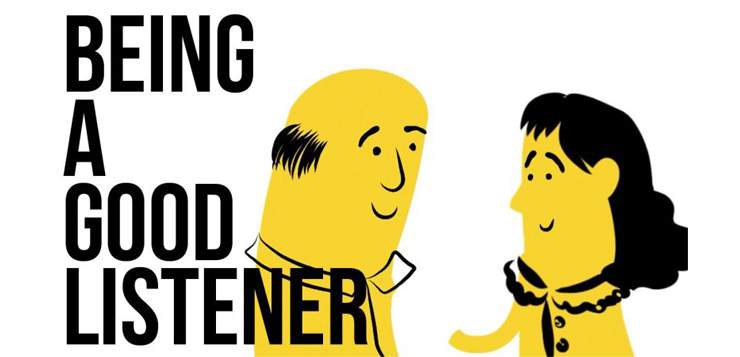The run-up to the holiday period can be one of extra pressure to rush and speed up to get everything done before the break arrives. As a helpful reminder, here are a couple of pre-Christmas offerings to remind us to slow down and appreciate. First up is one of my favorite video clips, an Australian anti-speeding ad from a few years ago, which also happens to be a great endorsement for mindfulness practice.
And secondly is a “Coming To Your Senses” practice, which is taken from the first chapter of Mindfulness: How To Live Well By Paying Attention (a new book from me which is out on 5th January). If you’re interested in reading more, the full first chapter is available online, and there’s a further extract in the February 2015 issue of Mindful magazine, on newsstands now.
Practice: Coming to your senses
Mindfulness begins when we move from a mode of doing and thinking, and into a way of being, where sensing takes centre stage. For this five senses practice, the only equipment you need is yourself, a chair, and a glass of water. Allow about three minutes for each stage.
Feeling
If possible, sit upright (although not stiffly so) on the chair, with your back self-supporting and feet on the ground. Let your hands come to rest on the thighs, and, if you like, close your eyes. What sensations do you notice? How are your feet feeling: perhaps there’s contact between the soles of the feet and the socks, shoes or the floor? Can you feel the weight of your sit bones on the seat? How about your back—what sensations are here? Do you feel air on your face? What temperature is it just now—warmer or cooler? And what about internal sensations? Are you noticing any aching, itching, or buzzing? Or maybe there’s not much sensation at the moment—a numbness, perhaps? Be aware of the location of any feeling (or lack of feeling), and whether it’s changing in intensity. You don’t have to try to hold on to or get rid of sensations, or even to name them. See if you can just let them be experienced.
Hearing
Now, allow sounds to be noticed. What are you hearing? You don’t have to go searching for sounds: wait for them to come to you, as if your ears were microphones, receiving and registering vibrations. Louder, softer, closer, further away, short or long sounds? Or sudden, repeating and continuous sounds? Are they high or low pitch? Perhaps there’s silence, or gaps in-between sounds—are you noticing these too? Open your microphone ears and let hearing come in, whether the sounds seem pleasant or unpleasant. Whatever symphony is playing right now, can you let it be heard?
Seeing
Now open the eyes to seeing. Rather than fixing on what you can see as ‘things’ (e.g. table, chair, book, carpet, etc.), see if you can let the visual field be colours, shapes, shades, or lines. Allow the eyes to linger rather than darting about. Be interested in depth and height and shade. If you find yourself thinking about what you’re seeing—drawn into a memory or a concern, or automatically giving things a name as they come into view —that’s fine, just acknowledge that the mind has wandered into thought, and gently come back to seeing.
Smelling
Perhaps closing the eyes again, allow yourself to smell. Whether what you’re smelling seems nice or not so nice, let there be a connection with the odours. Is there more than one fragrance, and if so, how are they mixed together? If there are no smells, what’s the smell of ‘no smell’? The in-breaths don’t need to be deep—see if you can let breath happen naturally and offer curiosity to the coming and going of smell sensation. Isn’t it amazing to have a nose?
Tasting
Pick up the glass of water, and take a sip. Notice the arising of sensation on the tongue as the liquid makes contact. How does it taste? Clear, cool, refreshing? Let the describing words fade into the distance, allowing the sensation of taste itself be known. Gently swirl the water around your mouth, and notice if the flavour changes – perhaps as it mixes with saliva. Does it become warmer, duller, thicker? Let these sensations be experienced. Decide when you’re ready to swallow the water; notice the dissolving of taste—does any trace remain, and if so, for how long? Now take another, maybe bigger, sip and repeat—are the sensations the same, or do they seem different?
What, if anything, has changed? When you’ve practised working with each of the senses, you might reflect on any differences between this way of sensing and how you normally relate with your environment. If it seems different, how so? What were you doing that made it this way? Be interested in the answers that come up. Is the quality of your experience changed by how you attend to it?
read more
Finding Space to Love, Trust and Rest
Meditation teacher Frank Ostaseski reflects on the relationship between recovery and mindfulness following a stroke.
Read More
How Your Breath Controls Your Mood and Attention
New research explores the relationship between the pace and intentionality of your breathing, and the brain networks involved in mood, attention, and body awareness.
Read More










